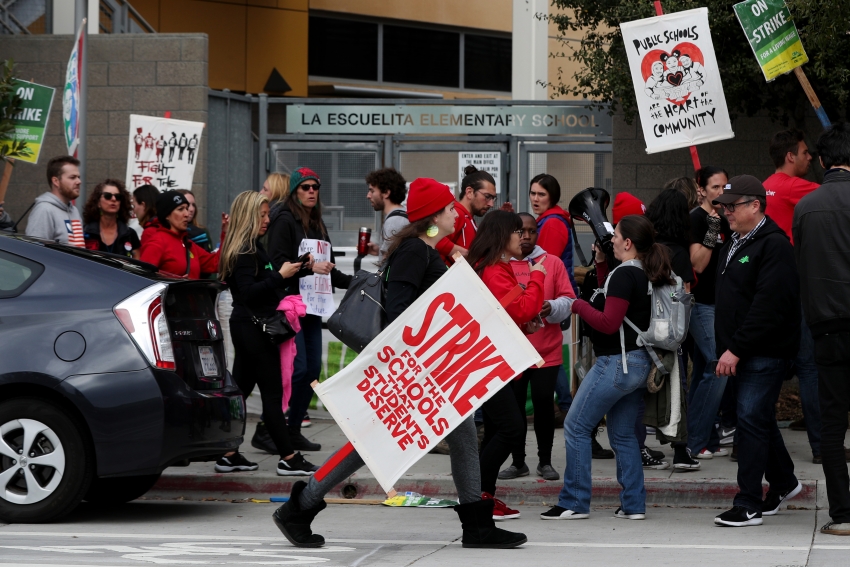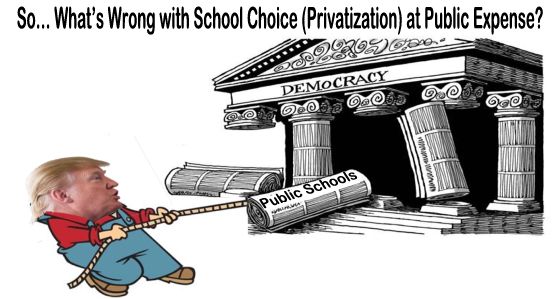Thurmond Swears in Linda Darling-Hammond to SB.
SACRAMENTO—Linda Darling-Hammond, Governor Gavin Newsom’s choice to lead the California State Board of Education, was sworn into office today by State Superintendent of Public Instruction Tony Thurmond, who serves as the Board’s Executive Secretary.
“Linda Darling-Hammond is one of the most respected education leaders in the nation, and we are so fortunate that she calls California home. Her appointment to the State Board of Education shows the caliber of focus the Governor has on raising the stakes in public education in California. We have work to do, and with Linda Darling-Hammond at the helm, I am confident that we will move the needle forward to work toward improving the public education system in an equitable way for all of our six million students,” Thurmond said.
Darling-Hammond is one of the nation’s leading scholars on education policy and practice. Immediately following her swearing in, Darling-Hammond was elected Board President by fellow members. She succeeds former Board President Michael W. Kirst, Governor Edmund G. Brown Jr.’s longtime policy advisor, who declined to seek reappointment. Veteran educator Ilene Straus was re-elected vice president.
Darling-Hammond is president of the Learning Policy Institute, a premier non-partisan research organization based in Palo Alto that works to advance evidence-based policies that support empowering and equitable learning for each and every child.
She is Stanford University’s Charles E. Ducommun Professor of Education Emeritus. At Stanford, she founded the Stanford Center for Opportunity Policy in Education and served as faculty sponsor for the Stanford Teacher Education Program, which she helped to redesign. Until her appointment to the State Board of Education, Darling-Hammond chaired the California Commission on Teacher Credentialing, and she is credited with raising the efficiency and effectiveness of the agency during her tenure.
“As California enters this new era under a new governor, we are at a significant juncture in education,” said Darling-Hammond. “The state has made substantial progress in recent years and has a considerable distance still to travel to provide equitable and empowering education for all of its children. I look forward to working with Governor Newsom, the Board, and our many partners to ensure that all California students have access to high-quality learning opportunities from their earliest years and can graduate ready for college, career, and citizenship.”
The author of more than 600 articles and books on education, Darling-Hammond consistently ranks number one or number two in Education Week’s annual survey of the most influential scholars in the national education policy arena. In 2008, she led President Barack Obama’s education policy transition team. She is founding director of the National Commission on Teaching and America’s Future, whose 1996 report, What Matters Most: Teaching for America’s Future, was named among the most influential education reports of that decade.
Among her award-winning books are The Right to Learn, Teaching as the Learning Profession, Preparing Teachers for a Changing World, and The Flat World and Education. She received an Ed.D. from Temple University (with highest distinction) and a B.A. from Yale University (magna cum laude).
Established first in 1852, then by amendment to the California Constitution in 1884, the 11-member State Board of Education is California’s K–12 policy-making body for academic standards, curriculum, instructional materials, assessments, and accountability.
# # # #
Tony Thurmond — State Superintendent of Public Instruction
Communications Division, Room 5602, 916-319-0818, Fax 916-319-0100
Communications Division, Room 5602, 916-319-0818, Fax 916-319-0100
Last Reviewed: Thursday, March 14, 2019





















